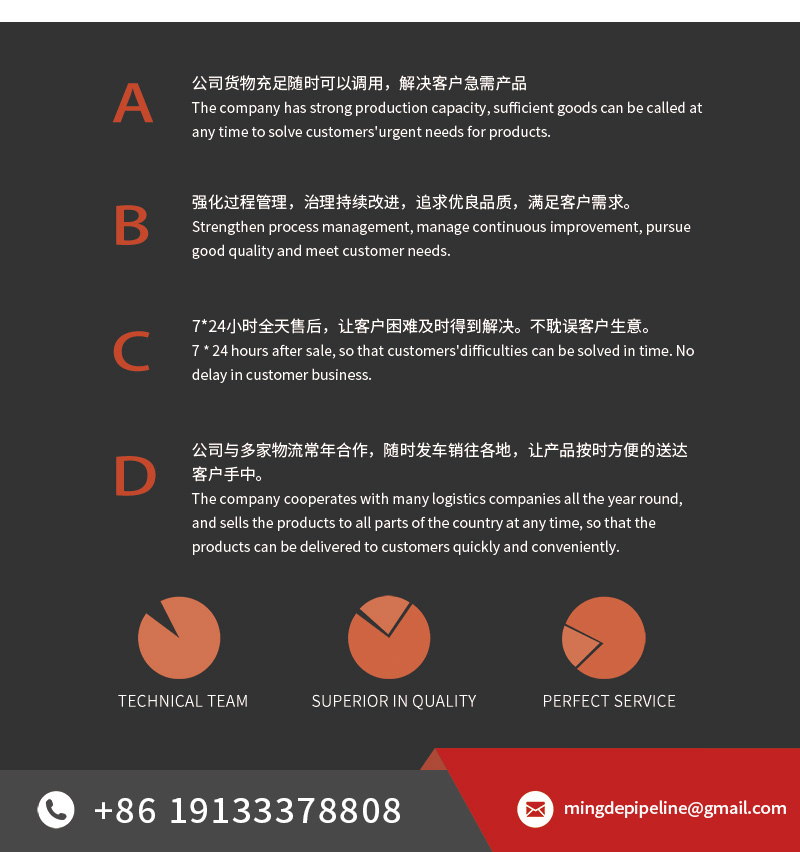
welding plate flange

Welding plate flanges, also commonly known as slip-on flanges, are one of the most widely used types of flanges in various piping systems. Their simple structure, ease of installation, and versatility make them a popular choice across a wide range of industries. These flanges are designed to be slid over the pipe and then welded both on the outside and the inside to provide a strong, leak-resistant connection.
The name “welding plate flange” comes from their flat, disc-like shape and the way they are installed: by fillet welding the flange to the pipe. This method creates a secure and durable joint that is suitable for both low- and medium-pressure applications.
Structural Features
A welding plate flange has a flat face and a bore that is slightly larger than the pipe’s outer diameter. This design allows the flange to easily slip onto the pipe before welding. Two welds are typically applied: one around the outside of the flange where it meets the pipe, and a second on the inside of the flange’s bore. This double-weld system helps ensure both mechanical strength and a fluid-tight seal.
Due to the minimal pipe preparation required, welding plate flanges offer a cost-effective and time-efficient solution for many piping systems, especially those where alignment is important.
Key Advantages
Easy Installation
Welding plate flanges are easier to install than many other flange types, such as welding neck flanges. Since they slide over the pipe, alignment is simpler and faster, especially in tight or constrained areas.
Cost-Effective
Compared to flanges that require butt welding or advanced machining, welding plate flanges are relatively economical. They require less welding effort and fewer precise measurements, making them suitable for large-scale applications.
Versatility in Application
These flanges can be used with a variety of pipe materials, including carbon steel, stainless steel, and other alloys. They are also compatible with different types of gaskets and bolting systems, allowing for flexible usage across industries.
Time-Saving in Assembly
With simpler welding requirements and alignment, welding plate flanges help reduce construction and maintenance time, especially in projects with strict schedules or frequent system modifications.
Good Sealing Performance
Although not as strong as welding neck flanges in high-stress environments, the double fillet welds on a welding plate flange provide a reliable seal for most industrial applications.
Common Applications
Welding plate flanges are found in a wide range of industries and systems, including:
Water Supply and Drainage Systems
Ideal for municipal and industrial pipelines that operate under moderate pressure conditions.
Oil & Gas Industry
Used in refineries, storage systems, and transport pipelines where frequent maintenance and quick installation are essential.
Chemical and Petrochemical Plants
Suitable for systems that handle non-corrosive or mildly corrosive fluids at low to medium pressure.
HVAC and Mechanical Systems
Used in heating, ventilation, and air conditioning networks, especially for large buildings and industrial facilities.
Firefighting and Sprinkler Systems
Commonly used in connecting pipelines for fire suppression infrastructure due to their easy installation and maintenance.
Material Options
To meet the demands of different operating environments, welding plate flanges are manufactured from various materials:
Carbon Steel – Suitable for general-purpose applications and standard pressure systems.
Stainless Steel – Preferred for corrosive environments and sanitary systems.
Alloy Steel – Used when additional strength, temperature resistance, or specific chemical resistance is needed.
Galvanized or Coated Steel – Often applied to prevent rust in exposed environments.
Standards and Specifications
Welding plate flanges are typically produced according to international standards such as ASME/ANSI, DIN, BS, JIS, and EN, which regulate dimensions, pressure ratings, and material quality. These standards ensure compatibility with global piping systems and allow for easy integration in cross-border projects.
Depending on project requirements, these flanges can be supplied in a variety of configurations, including:
Flat face or raised face
Different pressure classes
Various bolt hole patterns
Custom coatings or surface treatments
Limitations and Considerations
While welding plate flanges are highly practical and cost-efficient, they may not be ideal for applications with:
High pressure and temperature cycles, where welding neck flanges offer better stress distribution.
Critical flow systems, where turbulence, vibration, or thermal expansion is a concern.
Heavy mechanical loads, which could stress the weld joints more than the flange body.
In such cases, engineers may opt for other flange types with enhanced mechanical performance.
Conclusion
Welding plate flanges are a practical, efficient, and budget-friendly solution for a wide range of piping systems. Their simple design, easy installation, and compatibility with various materials make them a go-to choice for industries around the world. Whether in water supply, oil and gas, chemical processing, or mechanical systems, these flanges offer dependable performance and streamlined assembly.
With the right material selection and proper welding techniques, welding plate flanges provide long-lasting, leak-resistant joints that support the safe and efficient operation of modern pipeline infrastructure.

 NEWS
NEWS
-
Lightweight Pipe Insulation Bracket Materials and Manufacturing Technology
2025-10-18 09:18:46
-
Industrial Safety Applications of Fire-Resistant Pipe Insulation Brackets
2025-10-17 09:06:27
-
Selection Guide for Insulation Brackets in High-Temperature Steam Pipelines
2025-10-15 09:30:05
-
Pipe Insulation Bracket Design and Safety Requirements for Petrochemical Plants
2025-10-14 07:34:37
 Contact us
Contact us
Mobile:+86 19133378808
Email:mingdepipeline@gmail.com
Website:https://www.mingdepipe.com
Address:Zhenggang Industrial Park, Yanshan County Economic Development Zone, Cangzhou City, Hebei Province




